
by logisticsplus | Feb 2, 2021 | News
 As we begin to celebrate our 25th year of business, Logistics Plus has launched a series of 25 weekly social media contests leading up to our official 25th anniversary in August 2021. The first week of the contest began on Monday, February 1 and the final contest ends Sunday, August 1.
As we begin to celebrate our 25th year of business, Logistics Plus has launched a series of 25 weekly social media contests leading up to our official 25th anniversary in August 2021. The first week of the contest began on Monday, February 1 and the final contest ends Sunday, August 1.
How it works
Each week on Monday, Logistics Plus will place a featured post on one of our social media platforms with instructions to like, follow, or tag others. A winner will be selected the following Monday, and a new post will be placed until the 25-week period ends. The winner of each week’s contest will receive a $25 Amazon e-gift card. This contest is open to both employees and non-employees.
The first week’s contest was posted to the Logistics Plus Facebook page, and there’s still time to enter if you click the link below!
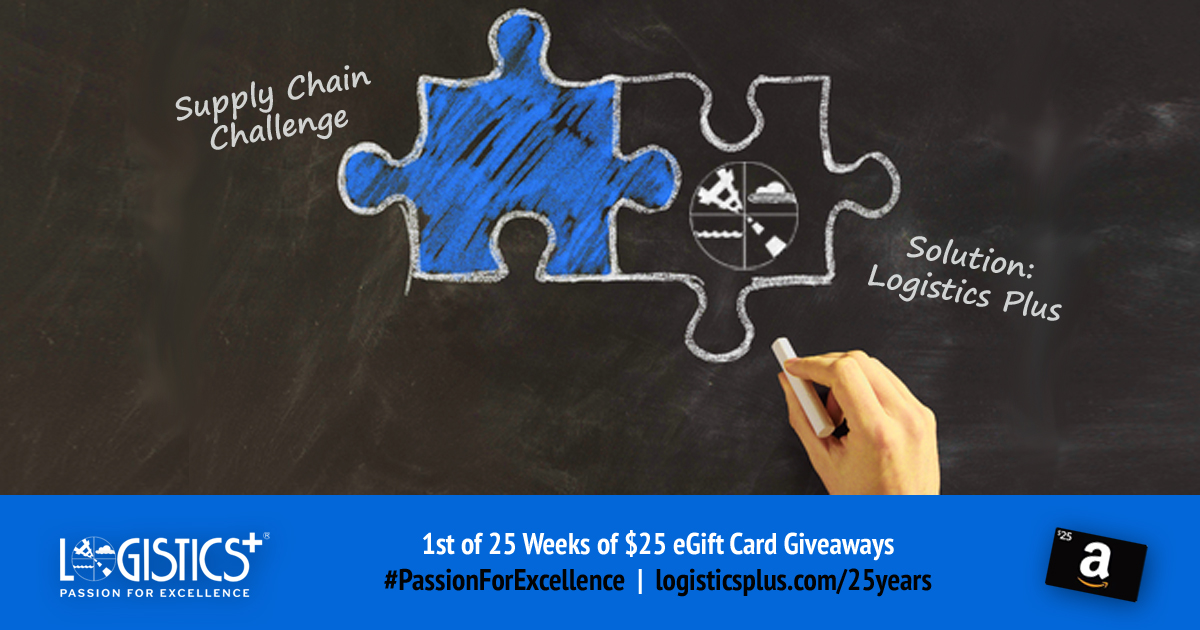

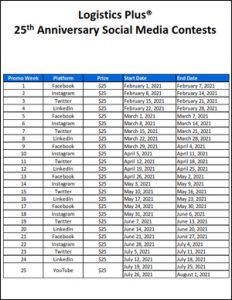
Click to view the contest schedule.
How to participate
Be sure to follow, like, and subscribe to our social media accounts below and be on the lookout for a new post each Monday. Follow the instructions on that specific post to enter.
These promotions are in no way sponsored, administered, or associated with Twitter, Facebook, LinkedIn, Instagram, or YouTube. By entering, entrants confirm that they are 18+ years of age, release the social media platform of responsibility, and agree to the terms of use.
For any additional questions, comments, or concerns, please email marketing@logisticsplus.com


by logisticsplus | Jan 26, 2021 | News
 Logistics Plus Logistics Engineer Ricardo Rodriguez recently participated in an interview with Career Street. Ricardo discussed his career path, educational background, day-to-day activities, challenges he’s faced, and much more. These are just a few of the questions Ricardo was asked:
Logistics Plus Logistics Engineer Ricardo Rodriguez recently participated in an interview with Career Street. Ricardo discussed his career path, educational background, day-to-day activities, challenges he’s faced, and much more. These are just a few of the questions Ricardo was asked:
- What is your educational background?
- What has led to your current career?
- How do you prepare for an interview for your position?
- What qualities are important for a person in your position?
 What would people be surprised to find out about your career?
What would people be surprised to find out about your career?
Visit this link if you’re interested in reading Ricardo’s answers to these questions and more: www.careerstreeterie.org/experiences/logistics.pdf.
The full YouTube interview is available to watch below.
About Career Street
Career Street is a comprehensive career exploration and planning program linking businesses, nonprofit organizations, and schools to create and share experiences for students to job shadow, intern, tour companies, benefit from class speakers, and participate in career workshops and fairs. Career Street is made possible by businesses, organizations, and educators of Erie County dedicated to uniting the education and business communities in the pursuit of a vibrant economy.


by logisticsplus | Jan 21, 2021 | News
 Logistics Plus founder & CEO Jim Berlin was interviewed by Erie News Now to talk about his lifelong support and excitement for the Buffalo Bills. Jim’s support of the Bills dates back to 1969 when he attended college at the University of Buffalo. Just two weeks ago, Jim was one of the lucky fans who got to attend the first Bills home playoff game since 1996 versus the Colts. This week, Jim’s even more excited as he secured his tickets for the AFC Championship game versus the Kansas City Chiefs.
Logistics Plus founder & CEO Jim Berlin was interviewed by Erie News Now to talk about his lifelong support and excitement for the Buffalo Bills. Jim’s support of the Bills dates back to 1969 when he attended college at the University of Buffalo. Just two weeks ago, Jim was one of the lucky fans who got to attend the first Bills home playoff game since 1996 versus the Colts. This week, Jim’s even more excited as he secured his tickets for the AFC Championship game versus the Kansas City Chiefs.
“If you watch the game, on the 25-yard line, there will be four of us in blue,” Jim told Erie News Now. When asked about the favorite teams of his employees, Jim adds, “When you walk through Union Station there’s all sorts of Steelers and Browns paraphernalia. There’s only like four or five Bills fans but we’re walking the halls proud this year.”
If the Bills move on to the Super Bowl in Tampa Bay, you better believe Jim will be searching for his next set of tickets.
Watch the full news story below or using this link: www.erienewsnow.com/jim-berlin-says-buffalo-may-go-all-the-way




by logisticsplus | Jan 20, 2021 | News
 Logistics Plus Senior VP of International Gretchen Seth was interviewed by Erie News Now to discuss the Covid-19 vaccine distribution and how private sector companies like Logistics Plus could help. The current Covid-19 vaccine distribution has been widely criticized as the supply is limited and distribution remains delayed.
Logistics Plus Senior VP of International Gretchen Seth was interviewed by Erie News Now to discuss the Covid-19 vaccine distribution and how private sector companies like Logistics Plus could help. The current Covid-19 vaccine distribution has been widely criticized as the supply is limited and distribution remains delayed.
When asked if she thinks private sector companies could help with the distribution of the vaccine, Gretchen said, “Absolutely. Companies that are in supply chain do this for a living.” Gretchen added, “We (Logistics Plus) feel like we would have a lot to add to the effort if we would be invited to do so.”
Logistics Plus has already helped fight the battle against Covid-19 by securing and distributing PPE when the pandemic first began. By leveraging our connections in China, Logistics Plus has sourced, warehoused, and delivered over 12 million pieces of FDA-approved PPE to businesses, organizations, and individuals all around the world.
Watch the full news story below or using this link: www.erienewsnow.com/private-sectors-expertise-can-help-vaccine-distribution
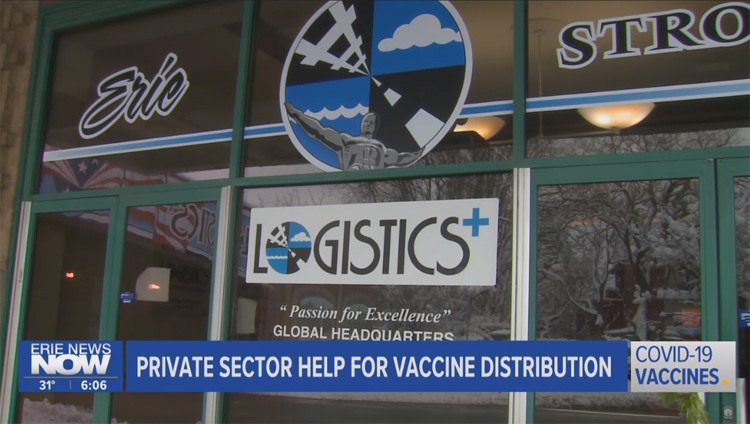


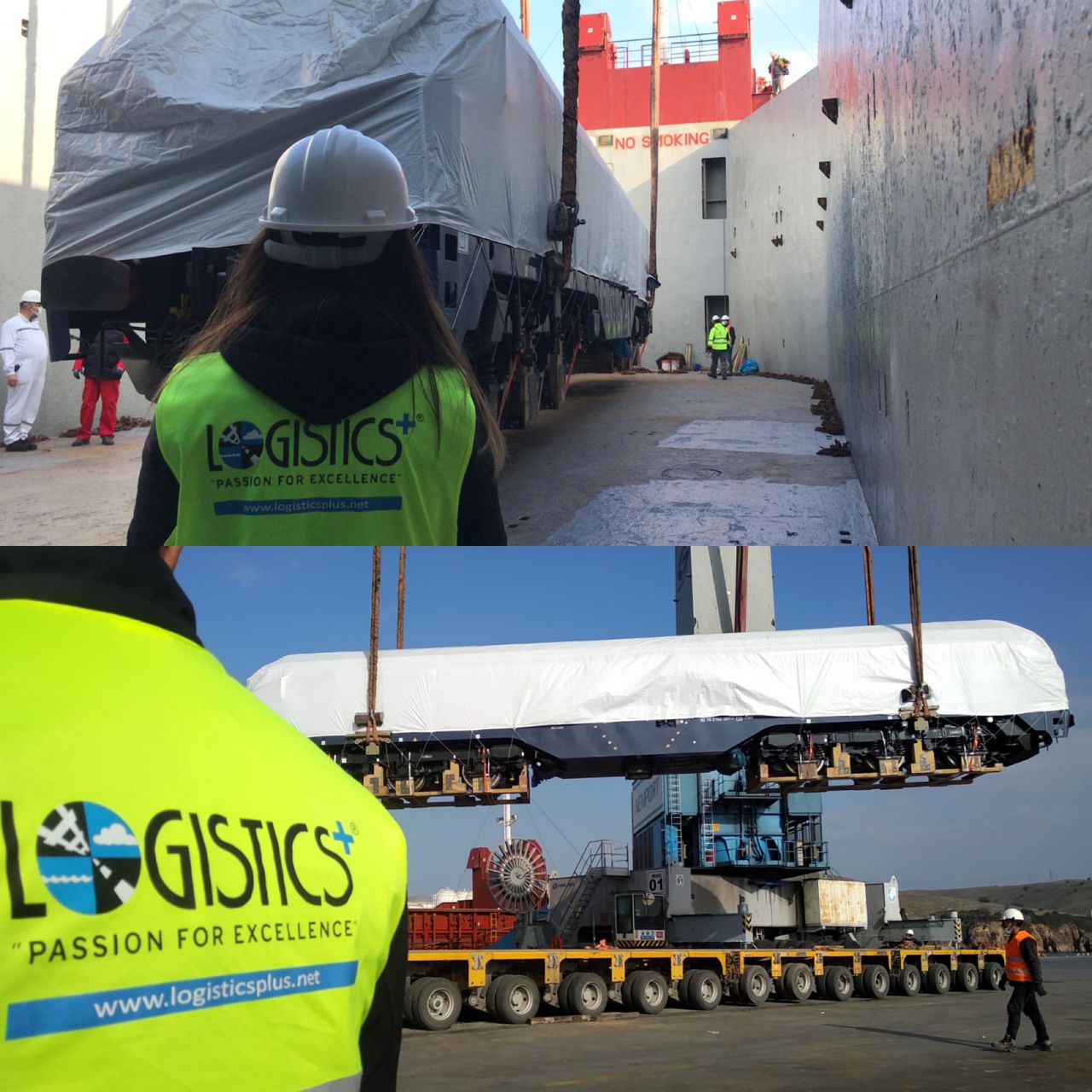
by logisticsplus | Jan 12, 2021 | News
 Project cargo requires precise engineering and planning for the safe transportation of over-sized and over-dimensional cargo. This was especially the case over the last month as the Logistics Plus Turkey team completed deliveries of 14 transformers to the Middle East, two locomotives to Finland, and a full charter to Egypt. Bahadir Erdil, Global Projects Director for Logistics Plus, said, “Our project cargo team continues to impress and find unique solutions that meet our client’s needs. We can’t wait to see what challenges come our way in 2021.”
Project cargo requires precise engineering and planning for the safe transportation of over-sized and over-dimensional cargo. This was especially the case over the last month as the Logistics Plus Turkey team completed deliveries of 14 transformers to the Middle East, two locomotives to Finland, and a full charter to Egypt. Bahadir Erdil, Global Projects Director for Logistics Plus, said, “Our project cargo team continues to impress and find unique solutions that meet our client’s needs. We can’t wait to see what challenges come our way in 2021.”
These recent projects didn’t come without obstacles, however. The LP Turkey team completed mandatory assessments to verify the cargo’s weight and dimensions, completed surveys of local roads while mapping out alternate routes, and experienced sudden weather changes while transporting the cargo. “We treat each project differently,” added Bahadir. “There is never a one-size-fits-all approach when it comes to these massive projects.”
Photos of these projects can be seen below.
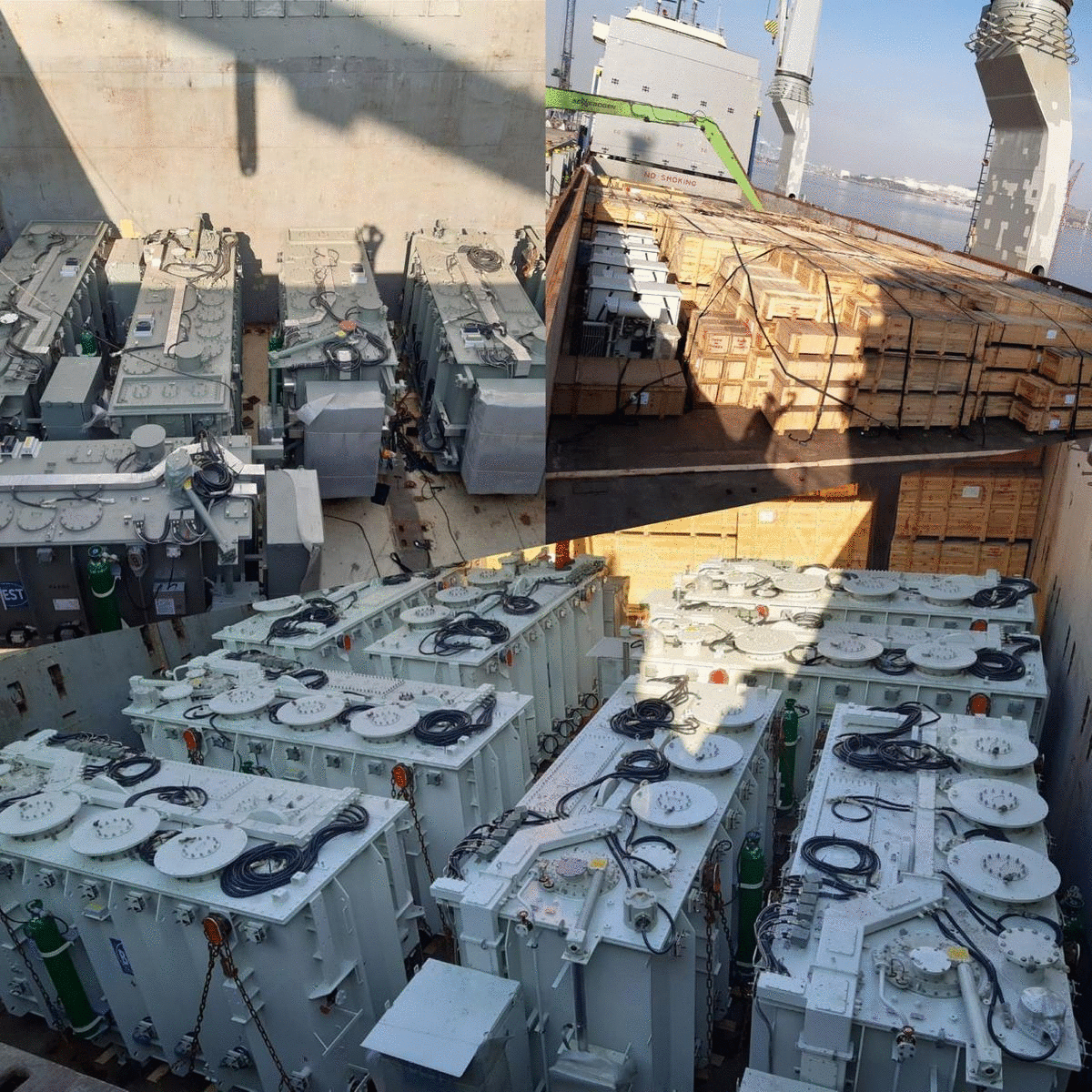

Ready to get started on your next big project? Let us show you why our team is among the best in the industry!

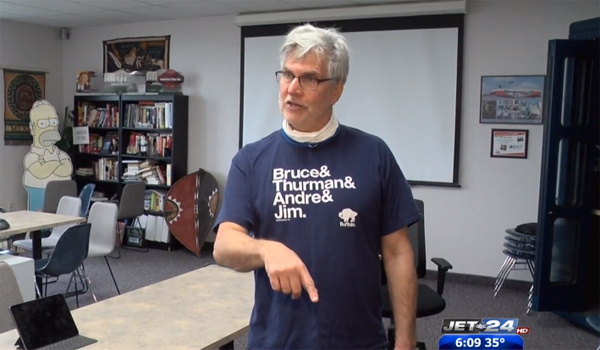
by logisticsplus | Jan 6, 2021 | News
Logistics Plus Founder and CEO Jim Berlin spoke to local media yesterday about the recent announcement that Amazon will be opening a new, final-mile fulfillment center in Erie, Pennsylvania. Jim, and other local area leaders, say that an expansion like this can help other companies realize how Erie is an ideal location. According to Jim, one of the best parts of Erie is the easy access to larger cities.
“You think about it, 79 is a major highway south and 90 is a major highway east and west and we are right on that,” said Jim in the interview. “So it’s great for access. It’s great for Canada. You’re only an hour and a half from the Canadian border and a large population is East Coast. So I came out of the trucking business and we used to say you’re mostly two days away from the population by truck.”
Watch a video replay of the news segment below.

Logistics Plus is no stranger to Amazon having been selected as one of its original third-party logistics partners for the Amazon Solutions Provider Network in 2016 for international shipping services; with expanded services for Amazon sellers announced in 2018.
Click the button below to learn more about Logistics Plus Global Selling Solutions for Amazon sellers and retailers.

 As we begin to celebrate our 25th year of business, Logistics Plus has launched a series of 25 weekly social media contests leading up to our official 25th anniversary in August 2021. The first week of the contest began on Monday, February 1 and the final contest ends Sunday, August 1.
As we begin to celebrate our 25th year of business, Logistics Plus has launched a series of 25 weekly social media contests leading up to our official 25th anniversary in August 2021. The first week of the contest began on Monday, February 1 and the final contest ends Sunday, August 1.![]()





 Logistics Plus Logistics Engineer
Logistics Plus Logistics Engineer 


 Logistics Plus founder & CEO
Logistics Plus founder & CEO 









